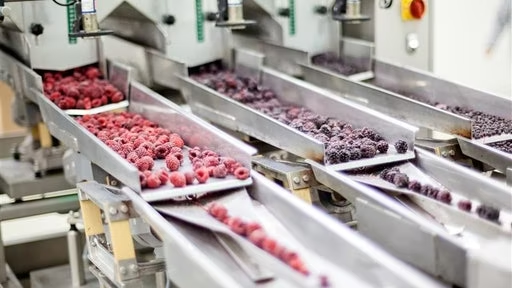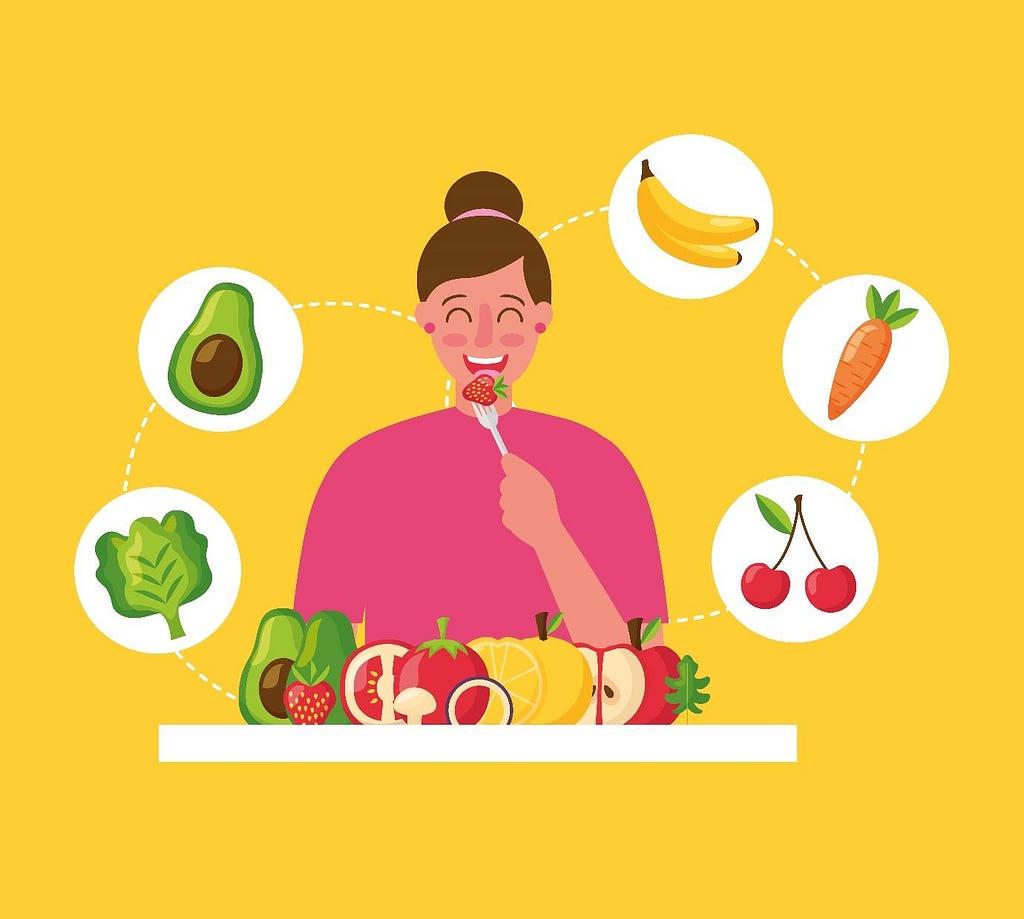How Artificial Intelligence is shaping the Future of Food — TechDuffer
The food industry is one of the biggest industries in the world, and it’s constantly growing. Many people are interested in how things are changing in this industry and how they can take advantage of it.
The fact that artificial intelligence has been able to enter this industry and make certain processes far more efficient than they were in the past has a lot of people interested in how learning and AI are changing food.
According to market research, the global artificial intelligence market in the food and beverage market is growing rapidly, with a CAGR of 45.4% during the forecast period. This market was valued at USD 4.49 billion in 2021 and is expected to continue growing in the coming years.
In this article, we’ll understand how AI drives the future of food.
Four ways AI is changing the food industry
Food Sorting

Food sorting is a process that involves separating different types of food items according to their characteristics and specifications. This is done so that they can be categorized and stored separately. Better food recognition technology results in better quality control and improved productivity.
Computer vision systems are playing an increasingly popular role in the food industry for the detection of surface defects, contamination, and quality inspection of foods.
Using food AI will help food manufacturers save time and money while increasing efficiency in their operations. It also helps them produce higher-quality products at lower costs by ensuring that all necessary checks are carried out on time.
Most companies have already started using artificial intelligence to improve their operations by using big data analytics tools such as predictive analytics software, machine learning algorithms, deep learning technology, and more.
Food Safety

Food safety is a growing concern for consumers. According to a WHO report, 600 million people get sick from foodborne illnesses each year worldwide.
AI can help ensure food safety by identifying potential sources of contamination in real-time and providing actionable insights that can be used to prevent outbreaks before they occur. This process starts with collecting massive amounts of data about food safety risks, followed by analyzing the data using AI-powered models that use machine learning algorithms to identify patterns and predict future outcomes.
Nutrition

Nutrition is an industry that has long been affected by AI. Since its early days as a database of ingredients and their nutrition values, nutrition software has evolved into a tool that helps consumers make better choices about what they eat and drink.
The technology can design menus based on customer preferences, identify potential allergens, calculate calories and other nutrition metrics, and recommend recipes based on current ingredient inventory levels.
AI tools can also help restaurants manage their inventory more effectively and efficiently than they could before they were widely available, saving time and money while improving customer satisfaction.
Food Delivery

AI is playing an increasingly important role in food delivery. By automating order taking and routing, AI can help optimize food delivery operations and improve efficiency. In addition, AI can help identify patterns in customer behavior and preferences, which can be used to improve customer satisfaction.
For example, by analyzing customer order histories, AI can suggest new menu items or delivery options that may be of interest. Ultimately, AI can help make food delivery more efficient and effective, resulting in a better experience for both customers and businesses.
How to collect data for AI / ML
Here are some ways you can do data collection for AI/ML in food businesses:
Conclusion
It’s clear that food AI will have a huge influence on how we eat. From fast food chains’ drive towards more customizable menus to a slew of new, innovative restaurants, there are countless opportunities for technology to simplify our eating experiences and improve the quality of our food.
With the advancement of artificial intelligence and machine learning algorithms, we can expect intelligent food AI to positively impact our health and the overall ecological impact of our food system.
Author Bio

Vatsal Ghiya is a serial entrepreneur with more than 20 years of experience in healthcare AI software and services. He is the CEO and co-founder of , which enables the on-demand scaling of our platform, processes, and people for companies with the most demanding machine learning and artificial intelligence initiatives.
Originally published at https://techduffer.com on November 14, 2022.

How Artificial Intelligence is shaping the Future of Food — TechDuffer was originally published in Chatbots Life on Medium, where people are continuing the conversation by highlighting and responding to this story.